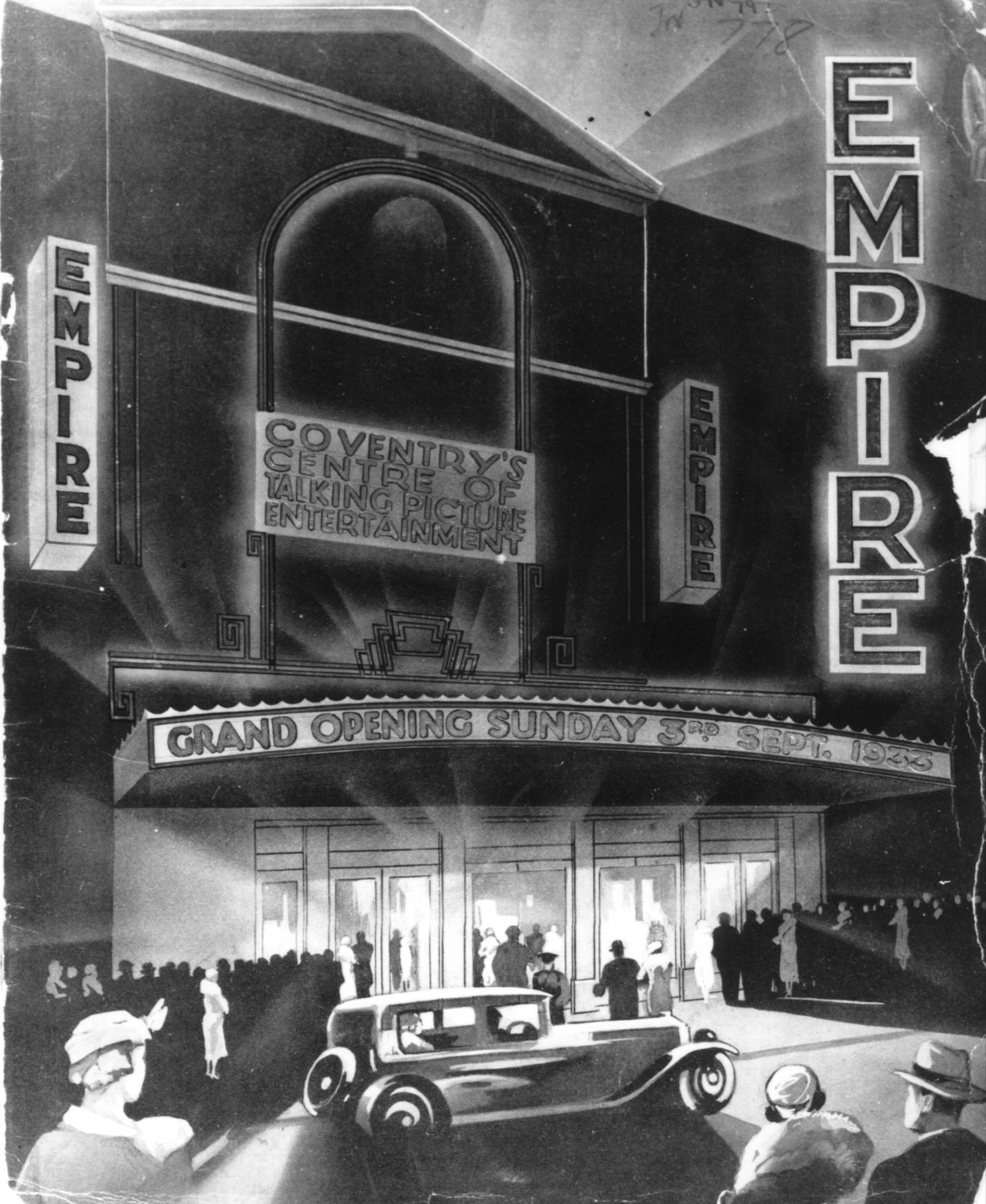Grown Up in the 1930s - Entertainment
06 August 2022
Learn what young people did for fun in their free time in the 1930s, alongside our exhibition, Grown Up in Britain
By the 1930s, entertainment for young people was beginning in many ways to look like something we might recognise today. "Talking pictures" were all the rage, developments in Technicolor and Kodachrome saw colour film take strides, and the so-called "Golden Age" of Hollywood was underway.
 A trip to the cinema became a regular treat for kids and adults alike, who often visited multiple times in a week. A retrospective UK survey conducted in 1999 found that 93% of respondents reported having visited the cinema at least once a week during the 1930s, with 48% visiting 2-3 times weekly.
A trip to the cinema became a regular treat for kids and adults alike, who often visited multiple times in a week. A retrospective UK survey conducted in 1999 found that 93% of respondents reported having visited the cinema at least once a week during the 1930s, with 48% visiting 2-3 times weekly.
The way that people spent time in the cinemas was also different, often dropping in and out to catch parts of a varied programme that would be screened continuously throughout the day, and simply showing up to see what was on, rather than planning a visit to see one specific film – much more like our relationship with television now.
The youth of Coventry were no exception: in the 1930s and 40s, the city had more than 20 different picture houses, and the first to hold a Cinematograph Licence after they came into force in 1910 was the Empire.
Previously used as a theatre, the building began screening bioscope films as part of its variety programme as early as 1908. After a fire in the building in 1931, it was bought up by the Associated British Cinemas (ABC) chain and re-opened in September 1933. Now part of the Culture Coventry Archives, the image to the right is a poster created for the grand opening.
From swashbuckling adventures and epic romances like The Scarlet Pimpernel (1934), The Adventures of Robin Hood (1938) and Gone with the Wind (1939) to classic comedies from Laurel and Hardy and the Marx Brothers; and from feelgood musicals like Top Hat (1935), Shall We Dance (1937) and The Wizard of Oz (1939) to Universal’s iconic monster movies like Frankenstein and Dracula (both 1931) – the silver screen positively exploded with energy in the 1930s, promising glamour, laughter and escapism from a society suffering the effects of a World War and the Wall Street Crash. This was also the decade when Disney became a force to be reckoned with, releasing the first fully animated feature film with Snow White and the Seven Dwarfs in 1937.
Several stars made their names in this period, too, including the likes of Cary Grant, Errol Flynn and Katharine Hepburn. Talking pictures paved the way for performers who could sing and dance as well as act, with Fred Astaire, Ginger Rogers and Bing Crosby taking the world by storm, while character actors like Bela Lugosi and Boris Karloff became almost synonymous with the monstrous characters they portrayed.
In an era before most people had TVs at home, the sights and sounds of the cinema permeated many different aspects of life for young people on both sides of the Atlantic, from the clothes, make-up and hairstyles they wore to the music they listened to. As well as feature films, the cinema was also where you’d go to watch the news, travelogues and cartoons, and its cultural and political influence did not go unrecognised. In 1935, John Skeaping argued that, “cinema is, in fact, one of the most potent instruments for good or evil that man has invented.”
Nevertheless, entertainment in the 1930s was far from exclusively visual. Jazz music continued its popularity, and millions of British households acquired radios, tuning into broadcasts by the rapidly expanding BBC, which first split its stations into separate National and Regional programmes in 1930. 1932 saw the launch of the Empire Service (later BBC World Service), and that same year, King George V became the first British monarch to broadcast on the radio. 1937 was another landmark year, with the BBC’s first outside broadcast covering the coronation of King George VI and Queen Elizabeth at Westminster Abbey.
Beyond broadcast, other things young people might have done for entertainment included dancing, driving and tabletop games: many board games that remain popular today were introduced in the 1930s, including Sorry! (1934), Monopoly (1935) and even an early (though unsuccessful) version of Scrabble called Criss-Cross. 1935 also saw the founding of Penguin Books, which revolutionised publishing by bringing affordably priced, paperback editions of quality literature to high street shops like Woolworths.
Want to see more? British Pathé has a great collection of archive footage available to watch on its YouTube channel. Check out the video below for a taste!
Curated by the Museum of Youth Culture, Grown Up in Britain is free to visit until 12 February 2023.